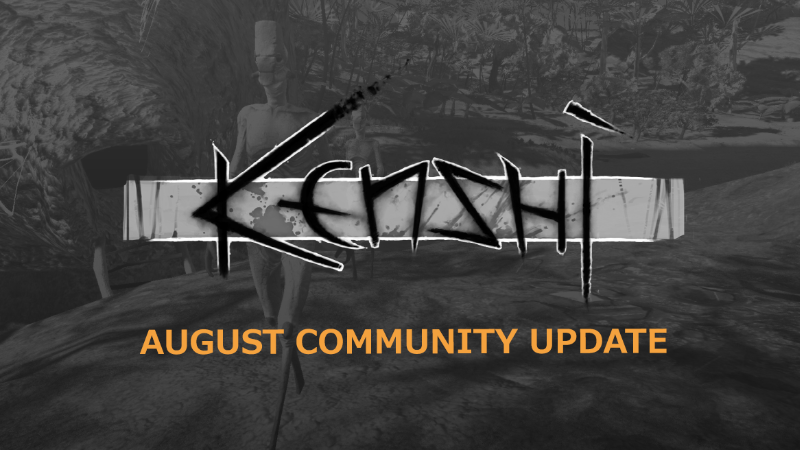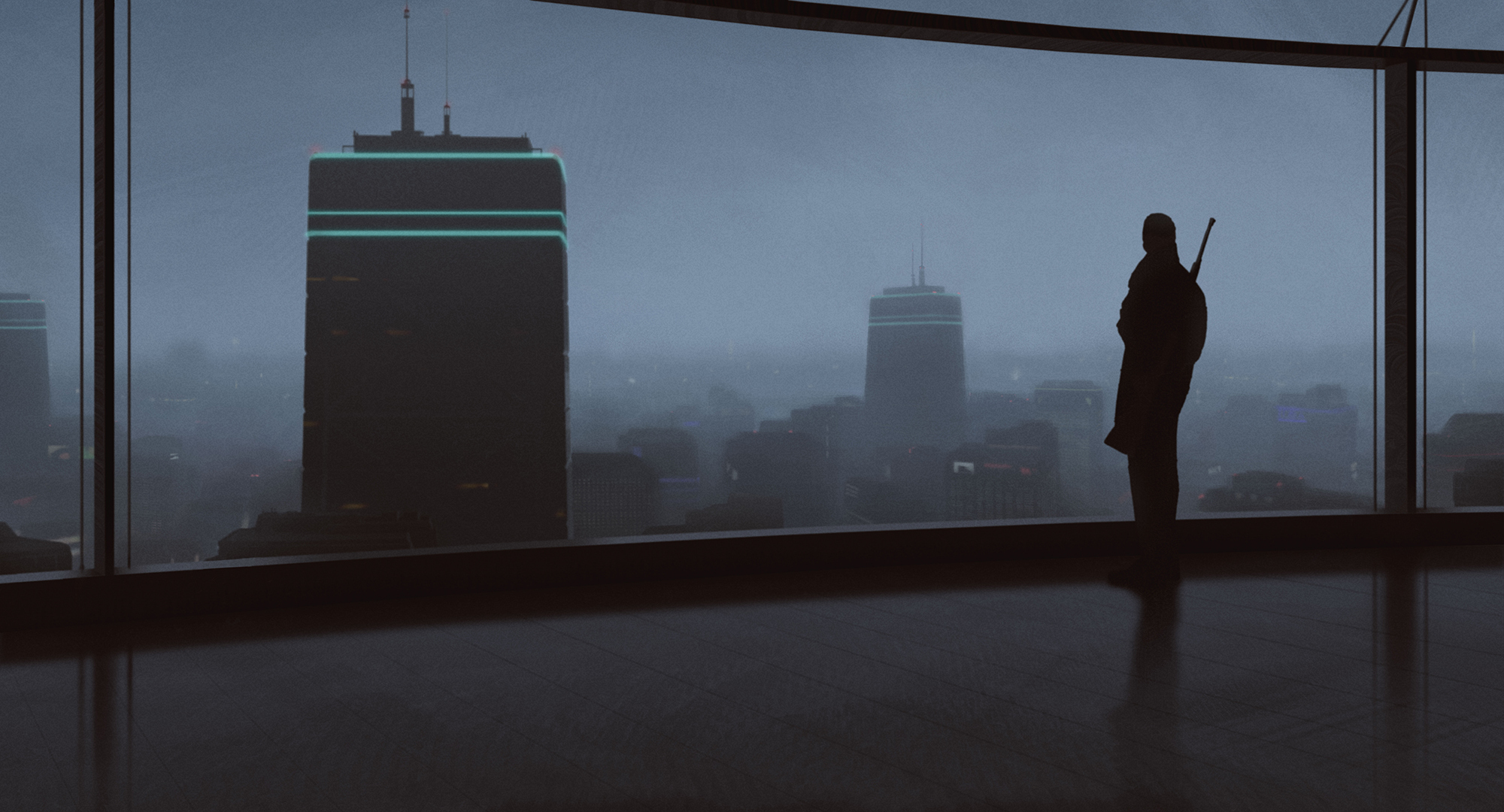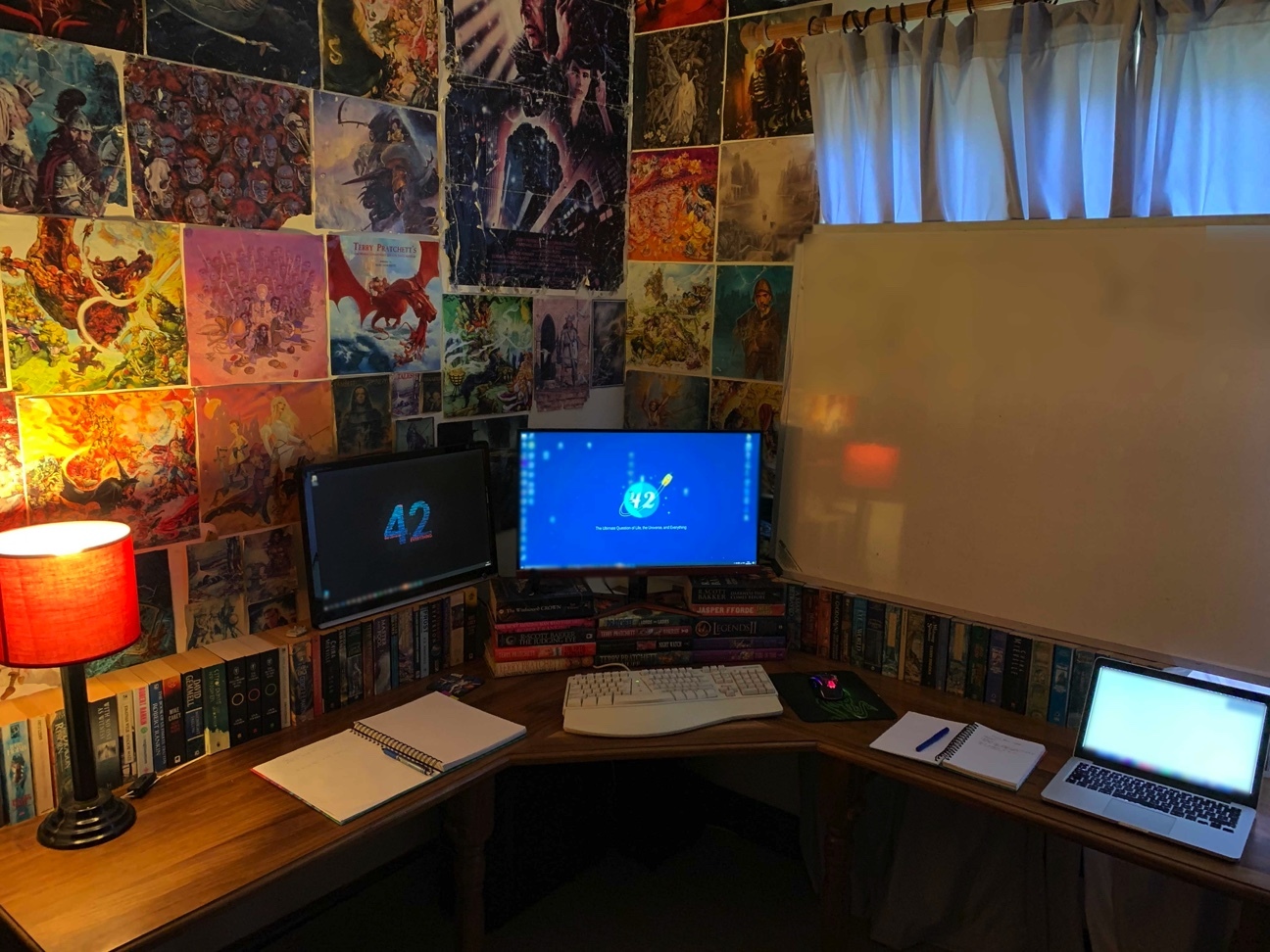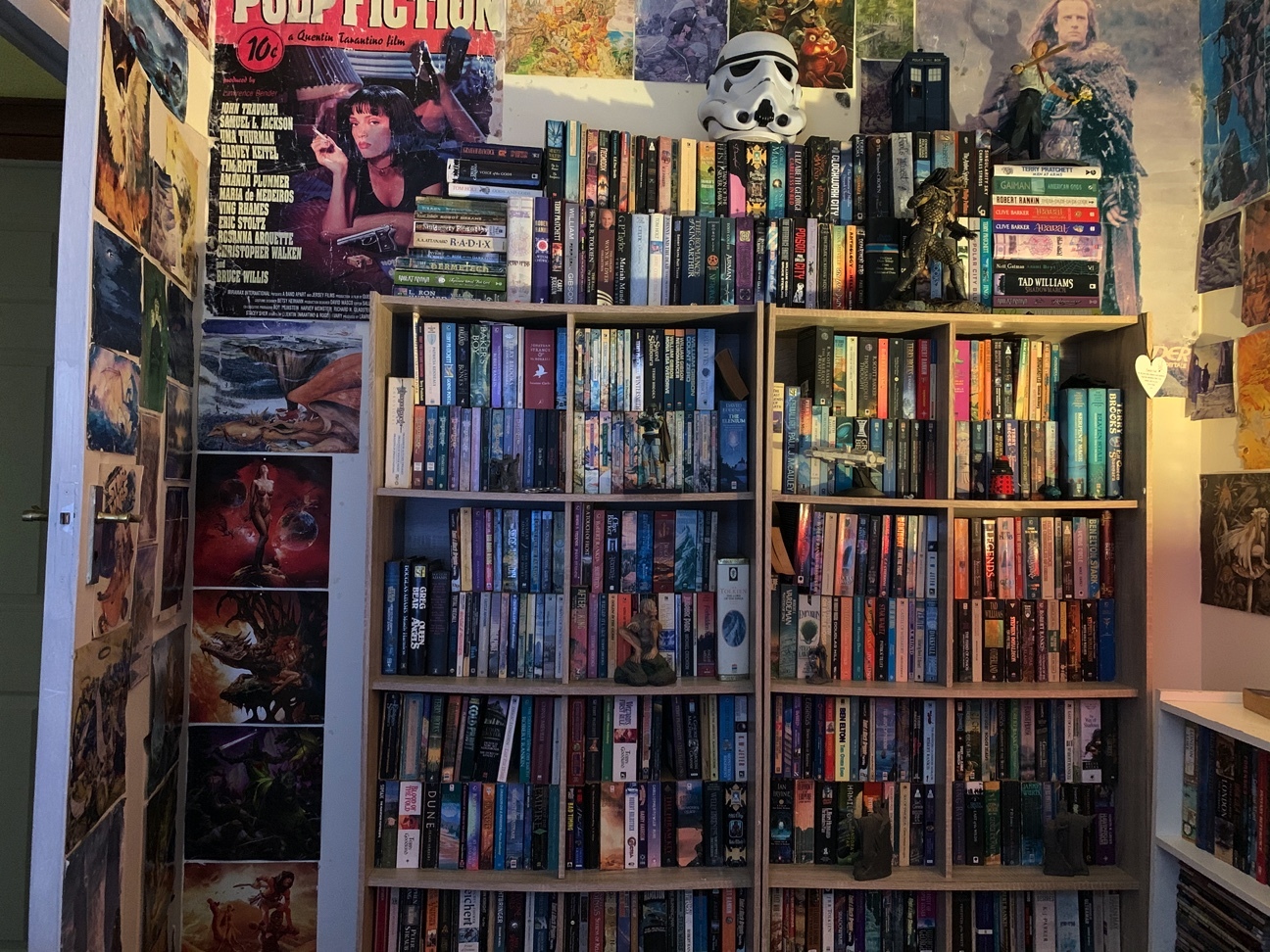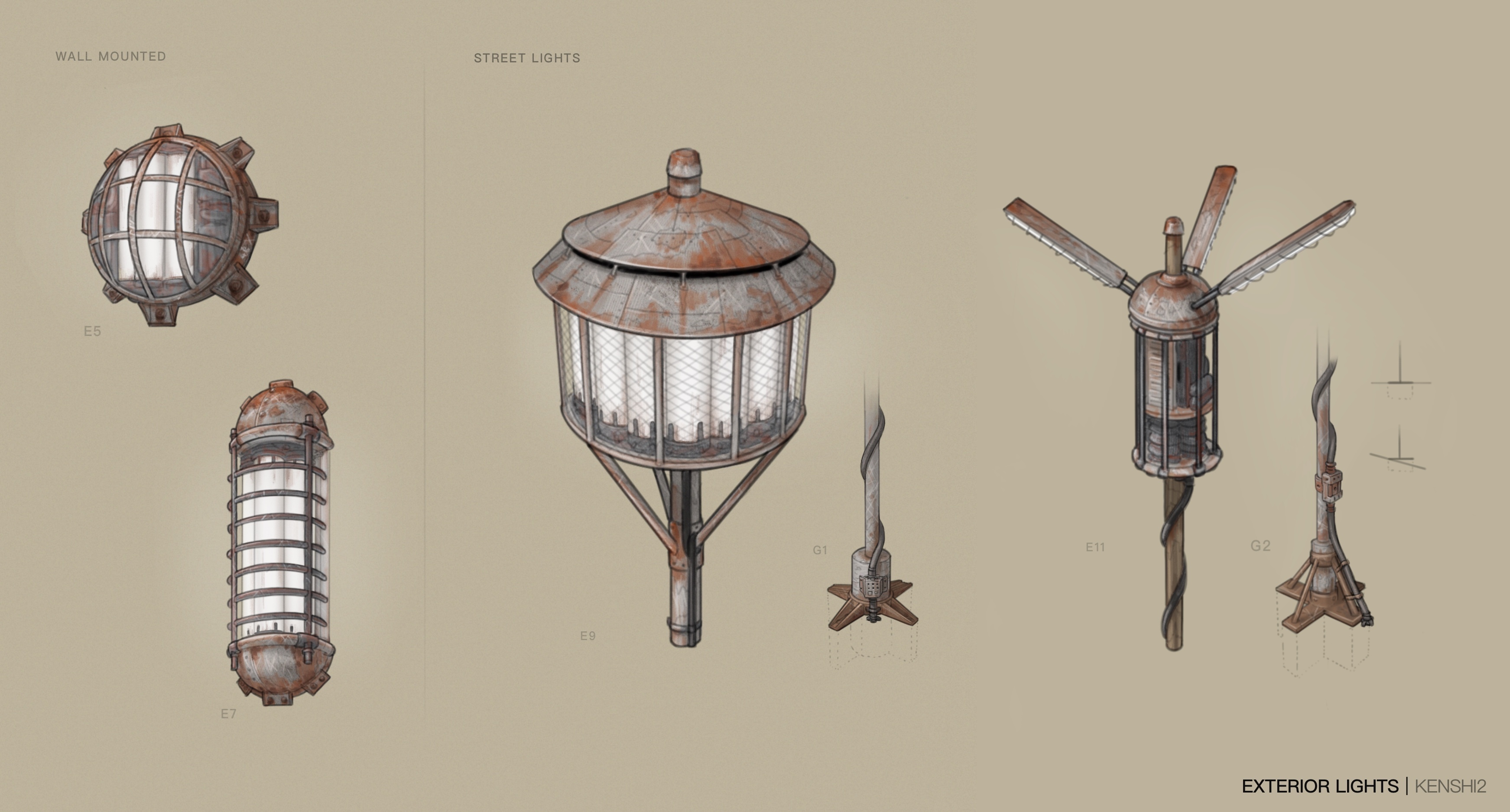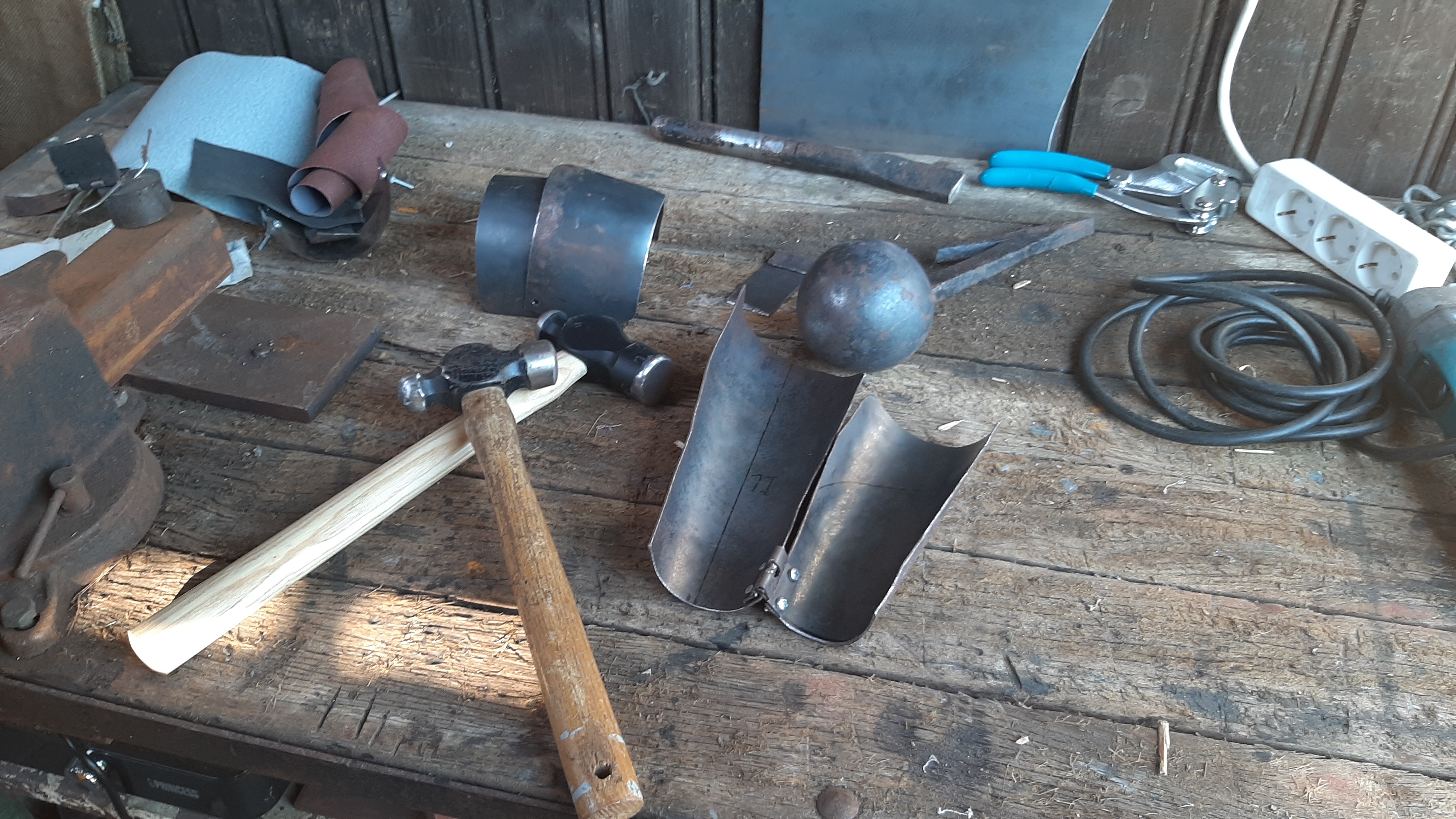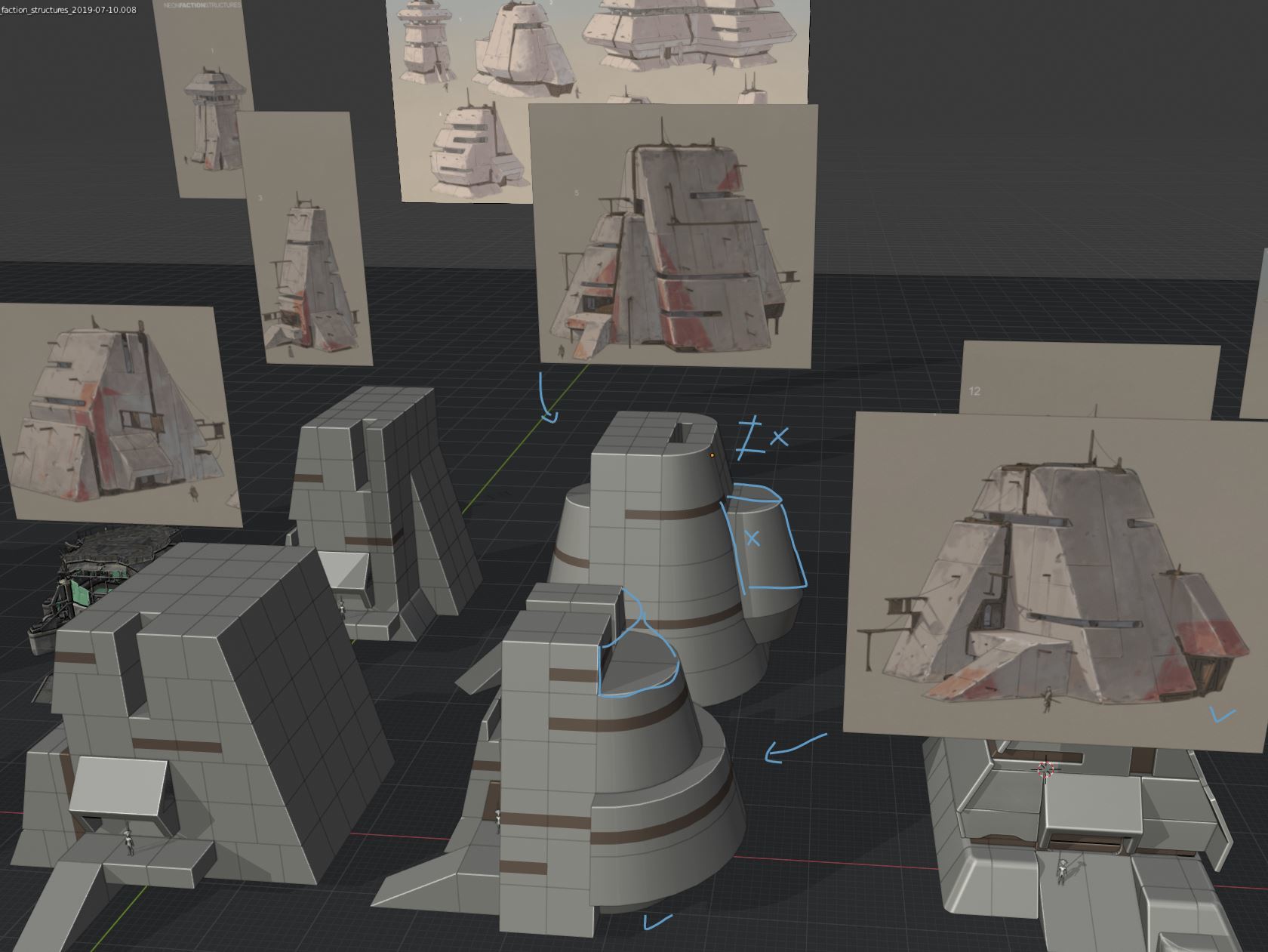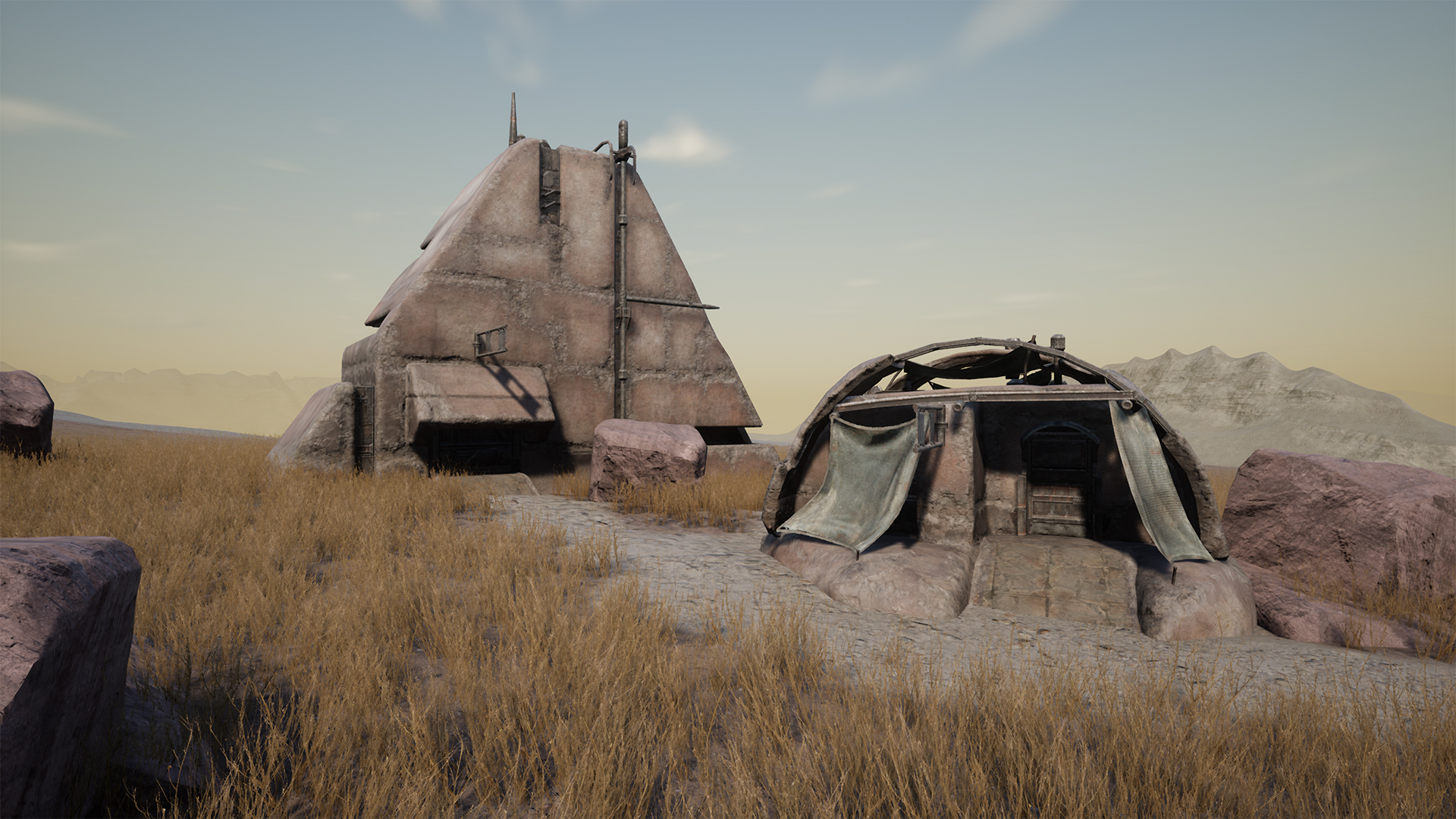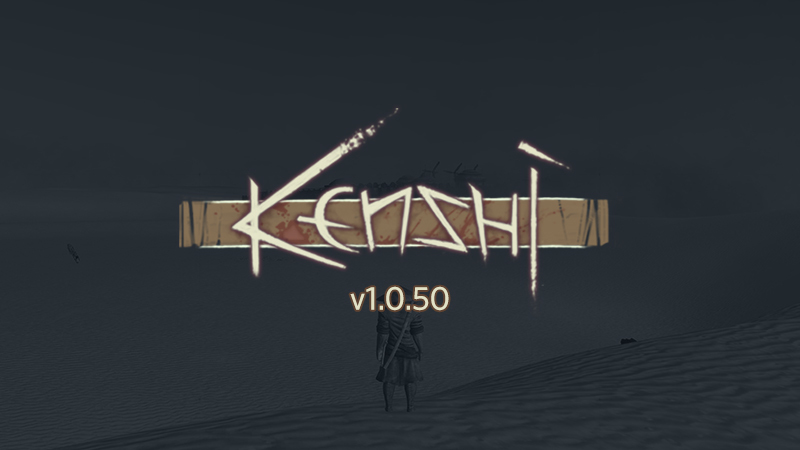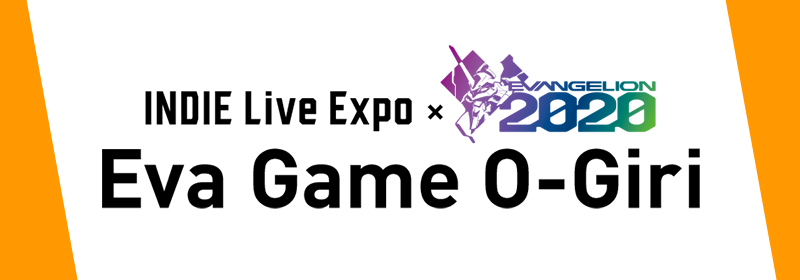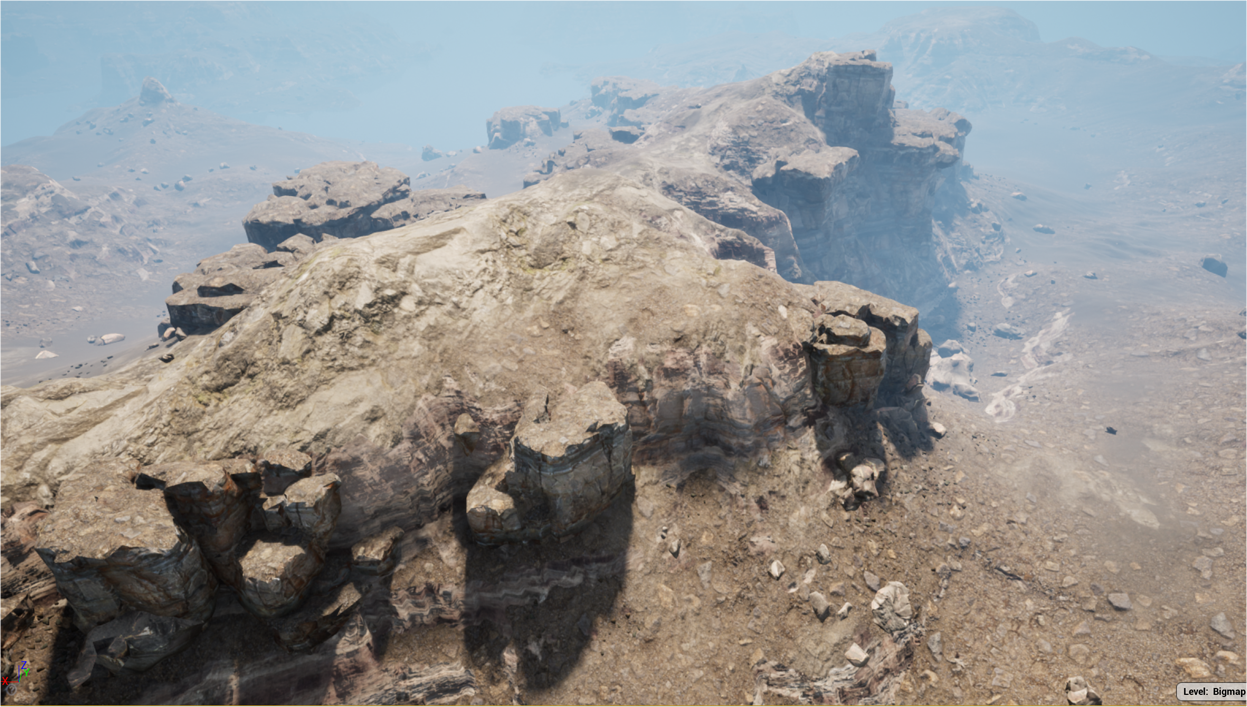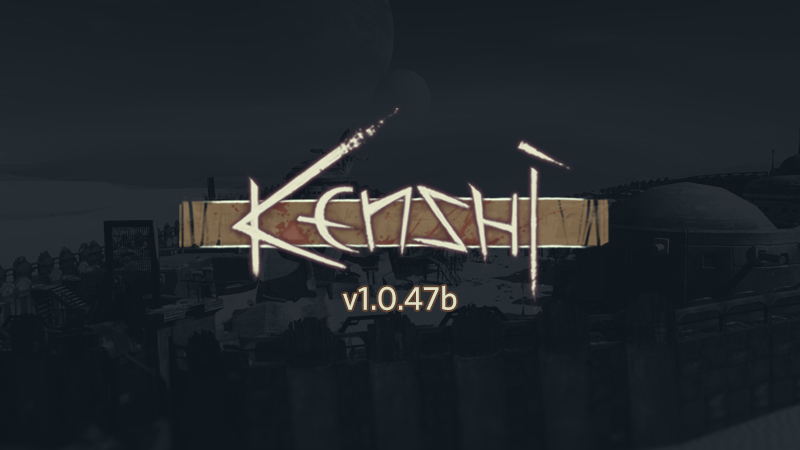
Oct 6, 2020
Kenshi - Kenshi_Japan
Out now on the experimental branch only. To opt in to the experimental version, right-click on Kenshi in your Steam games list -> properties -> betas tab -> then choose “experimental”. If opting in, please be aware of bugs and instability.
Please report any bugs or feedback to either the Steam or Lo-Fi forums
Please report any bugs or feedback to either the Steam or Lo-Fi forums
- Fixed deleting saves from new save location
- Fixed bar squads not spawning in Heng due to multiple towns in one zone
- Fixed issue with initial player health if race was changed during character creation




